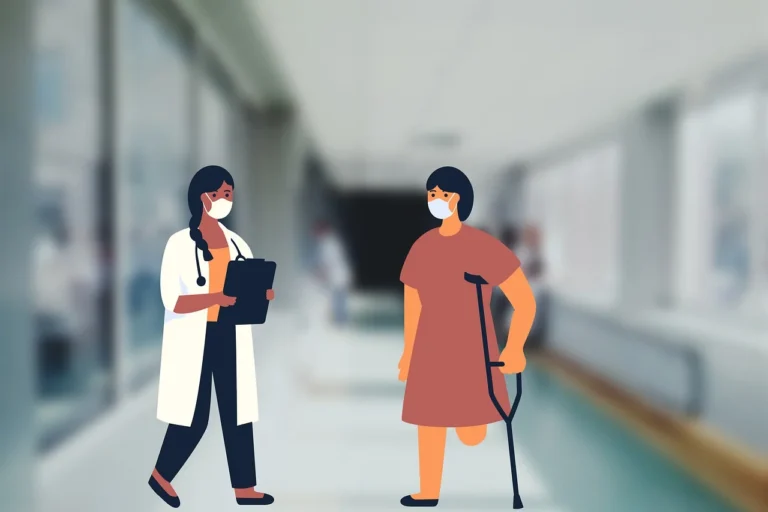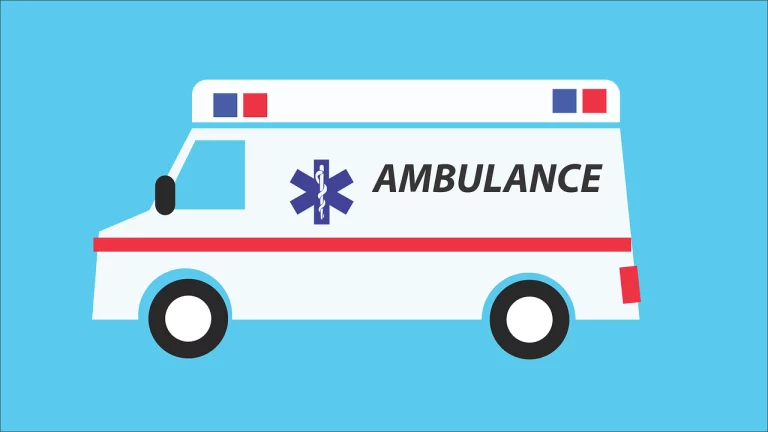Book Appointment Now

Navigating Ethical Dilemmas in Nursing Practice
Ethical dilemmas in nursing practice occur when nurses face conflicting moral principles or professional obligations, leading to complex and emotionally challenging decisions. Such dilemmas often revolve around issues like balancing patient autonomy with beneficence, addressing breaches of confidentiality, navigating end-of-life care, or managing resource allocation. Addressing these challenges requires careful deliberation to uphold both professional ethics and the welfare of patients.
Get a custom paper help about ethical dilemmas in healthcare
Order Custom Nursing Paper
The importance of addressing ethical dilemmas lies in maintaining trust, ensuring equitable care, and preserving the integrity of the nursing profession (American Nurses Association [ANA], 2020). This essay explores key examples of ethical dilemmas, discusses relevant ethical frameworks, and outlines structured decision-making processes to navigate these challenges effectively.
Case Examples of Ethical Dilemmas in Nursing Practice
Ethical dilemmas in nursing frequently stem from conflicts among patients’ rights, healthcare policies, and nurses’ professional responsibilities. Below are some common examples:
1. Conflict Between Patient Autonomy and Beneficence
One of the most prevalent dilemmas involves respecting patient autonomy while providing beneficent care. For example, a terminally ill patient with advanced cancer may refuse further treatment, preferring palliative care. Although continuing treatment might extend life, respecting the patient’s choice aligns with the principle of autonomy, as outlined by Beauchamp and Childress (2013). Autonomy recognizes a patient’s right to make informed decisions about their care.
2. Confidentiality Breaches
Maintaining patient confidentiality is an ethical and legal responsibility for nurses. However, conflicts arise when other ethical duties challenge this obligation. For instance, a teenage patient may disclose an unplanned pregnancy to a nurse but request confidentiality. In jurisdictions where minors have limited rights to confidentiality, nurses must navigate between respecting the patient’s privacy and fulfilling legal requirements. The ANA (2020) underscores the importance of prioritizing patient welfare while respecting institutional and legal obligations.
3. End-of-Life Decisions
End-of-life care often involves ethical conflicts, especially when families request interventions that healthcare providers consider futile. For instance, a critically ill patient’s family might insist on aggressive treatment despite a poor prognosis. Nurses must balance supporting the family’s wishes with advocating for the patient’s dignity. Greenfield (2022) emphasizes the role of clear communication and shared decision-making in resolving such conflicts.
4. Resource Allocation
Resource allocation, particularly during crises, presents significant ethical challenges. For example, during the COVID-19 pandemic, many healthcare systems prioritized patients with higher survival probabilities when allocating scarce resources like ventilators. While a utilitarian approach aims to maximize the greatest good for the greatest number, it can cause moral distress for nurses who must deny care to some patients (Smith & Taylor, 2020).
These examples underscore the complexity of ethical dilemmas in nursing and the need for structured ethical frameworks and decision-making processes to address them effectively.
Ethical Frameworks Relevant to Nursing
Ethical frameworks provide nurses with systematic tools to navigate dilemmas and ensure decisions are grounded in professional principles.
1. The Four Principles of Biomedical Ethics
Beauchamp and Childress (2013) propose four key principles:
- Autonomy: Respecting patients’ rights to make decisions about their care. For example, when a patient refuses life-saving surgery, nurses must honor the decision while ensuring the patient is fully informed.
- Beneficence: Acting in the patient’s best interests. This principle might guide nurses in advocating for evidence-based pain management strategies to improve quality of life.
- Non-Maleficence: Avoiding harm or minimizing risks. For instance, this principle would prompt a nurse to question unnecessary diagnostic tests that might cause discomfort.
- Justice: Ensuring fair and equitable care. Justice is particularly relevant in resource allocation, helping guide decisions to minimize disparities during crises.
2. Deontological Ethics
Deontological ethics focuses on adhering to moral rules and professional duties, regardless of outcomes. Nurses applying this framework prioritize responsibilities such as confidentiality, even when breaching it might seem beneficial in the short term (ANA, 2020).
3. Utilitarianism
Utilitarianism evaluates actions based on their outcomes, prioritizing the greatest good for the greatest number. For example, during resource allocation, nurses might prioritize patients with higher survival probabilities. Although utilitarianism is practical in crisis scenarios, it can lead to moral distress when individual needs are unmet (Greenfield, 2022).
4. The ANA Code of Ethics
The ANA’s Code of Ethics provides practical guidance for nurses, emphasizing respect for human dignity, patient advocacy, and professional accountability. This code serves as a foundation for resolving dilemmas while upholding ethical standards (ANA, 2020).
These frameworks enable nurses to address ethical dilemmas consistently, aligning decisions with professional standards and moral principles.
Ethical Decision-Making Processes
Structured decision-making processes empower nurses to analyze ethical dilemmas systematically and resolve them equitably.
1. Recognizing the Ethical Dilemma
Identifying the ethical issue is the first step. For example, a nurse may recognize that a family’s insistence on life-prolonging measures for a terminally ill patient conflicts with the principle of beneficence.
2. Gathering Relevant Information
Comprehensive information, including the patient’s condition, cultural beliefs, institutional policies, and legal requirements, is essential. Beauchamp and Childress (2013) stress the importance of understanding all perspectives involved in the dilemma.
3. Identifying Stakeholders and Values
Acknowledging the values and priorities of all stakeholders, including the patient, family, and healthcare team, promotes empathy and collaboration (Greenfield, 2022).
4. Applying Ethical Frameworks
Nurses can evaluate potential actions using ethical frameworks such as the Four Principles of Biomedical Ethics or utilitarianism. For instance, resource allocation decisions might combine justice and utilitarian principles to balance equity and outcomes.
5. Exploring Alternatives
Considering alternative courses of action ensures that all possible solutions are evaluated. This includes assessing whether non-invasive interventions could resolve the dilemma without compromising ethical principles.
6. Making and Communicating the Decision
Once a decision is made, nurses must communicate it clearly and compassionately to all stakeholders. Effective communication fosters understanding and agreement.
7. Evaluating the Outcome
Finally, reflecting on the decision’s impact helps determine whether the ethical issue was resolved effectively. This evaluation supports continuous professional growth and improves future decision-making (Smith & Taylor, 2020).
Conclusion
The Ethical dilemmas in nursing practice is an inherent aspect of nursing practice, demanding careful navigation to balance moral principles and professional obligations. By examining case examples, applying ethical frameworks, and following structured decision-making processes, nurses can address these challenges effectively.
The examples of autonomy versus beneficence, confidentiality breaches, and resource allocation illustrate the complexity of ethical conflicts in nursing. Frameworks like the Four Principles of Biomedical Ethics and the ANA Code of Ethics provide essential guidance for consistent and equitable decision-making.
Ultimately, resolving ethical dilemmas requires a blend of knowledge, compassion, and collaboration. Continuous education and institutional support are vital for empowering nurses to navigate ethical challenges while upholding the highest standards of patient care.
References
American Nurses Association. (2020). Code of Ethics for Nurses with Interpretive Statements. Silver Spring, MD: ANA.
Beauchamp, T. L., & Childress, J. F. (2013). Principles of Biomedical Ethics (7th ed.). Oxford University Press.
Greenfield, E. (2022). Ethical dilemmas in nursing: Balancing autonomy and beneficence. Journal of Nursing Ethics, 18(2), 145–153.
Smith, J., & Taylor, R. (2020). Ethical decision-making in end-of-life care: A guide for nurses. Journal of Clinical Nursing, 15(4), 98–107.
World Health Organization. (2021). Ethical principles in healthcare. Retrieved from https://www.who.in







